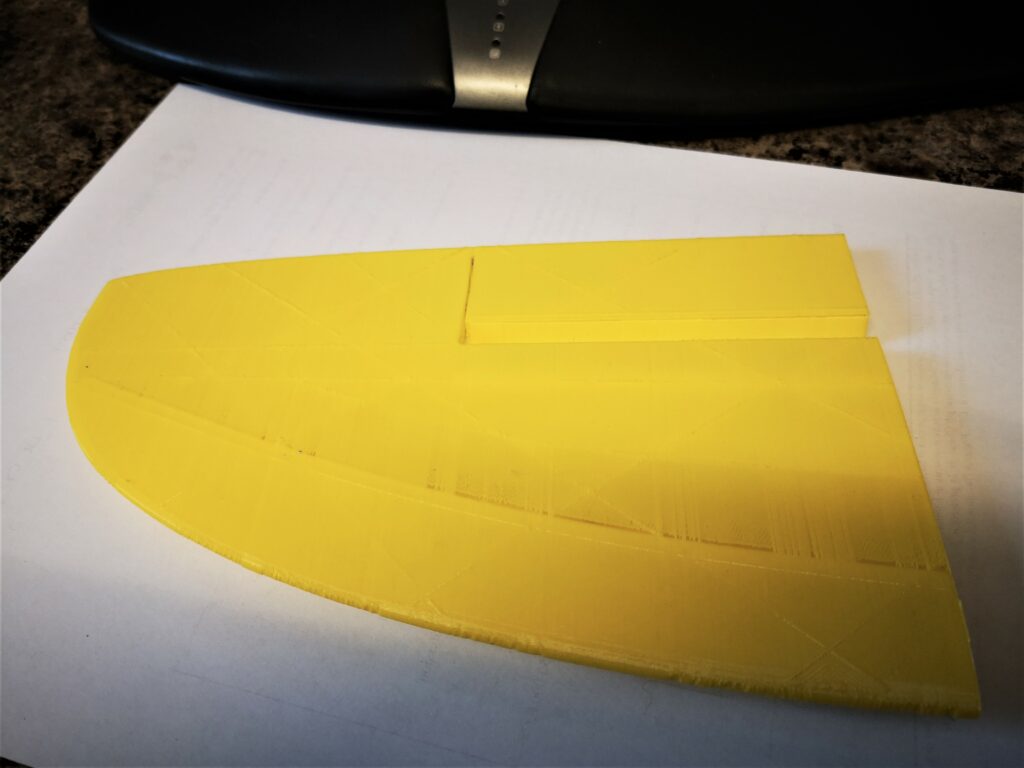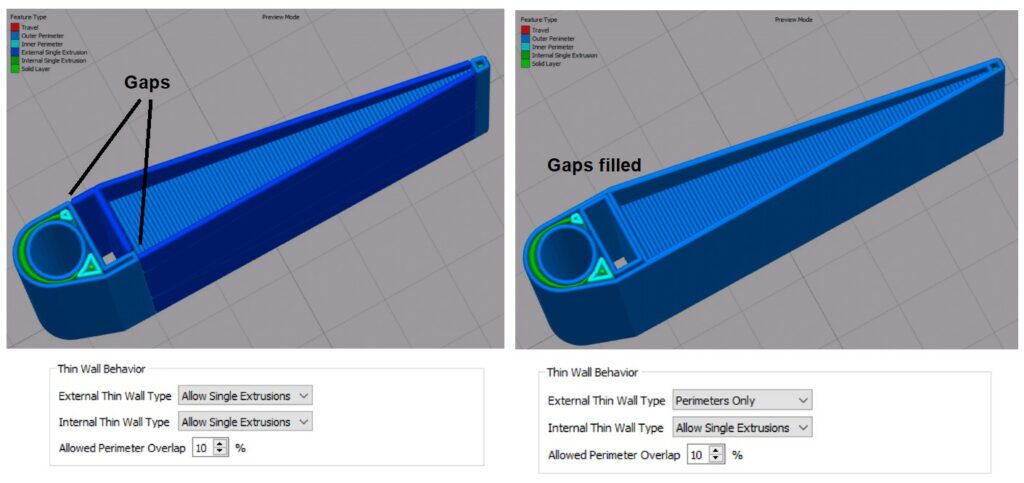I didn’t see that coming and fibre in France
When I installed Gravitec it was more out of curiosity than anything else. Did people read any of my waffle or was it just a freaky high bounce rate ?
While this number is just a drop in the ocean on YouTube sites it’s nice to know that people still read things and for some weird reason must enjoy my Yorkshire sense of humour and my engineering inquisitiveness.
If you are one of the Hundred – thank you !
Other things …. we are currently in France (hence the lack of posts). We had an offer we couldn’t refuse from our service provider SFR to swap out our ADSL copper based connection for a fibre-to-house replacement. The ADSL dribbled along at around 9Mbps which was more than enough for Fusion 360 to connect and for Netflix to keep us entertained in the evenings.
The house sits around 60m from the roadside telecom pit and is connected via an underground duct. I fully expected the duct to be blocked but the engineers successfully used the ADSL copper to pull the fibre through.
Not quite so simple in the house.
The external duct rises in the utility room and then branches via internal buried ducts to various telephone points around the house. The copper was solidly stuck in the one duct we needed so a Plan B was needed. After 3 hours of drilling holes in walls, floors and pipework trunking we finally got the fibre upstairs into the office.
The fibre is clocking a fairly symmetrical 800Mbps according to Okla which is staggering. Fusion is a bit quicker to load and general web activity seems a bit quicker but not 10 times quicker. Downloads are pretty quick though. If we had a house full of teenagers we would probably appreciate the increased bandwidth but we are long past that scenario – well that is until the grandchildren get online…….
Links to similar or related post are listed below : –
- Ubiquitous Dishwasher Tablets and their uses
- One Hundred Subscribers
- Some French Connections and Contemplations
- France visit and more jobs stacking up
- Internet in France finally solved using SFR
- Absence Update – French Leave
- French Connections, House Numbering, Shed Building, Left and Right Hand Threads
- A Bit off Piste – An eventful flight to Toulouse
- January in France
- tado° Update
- Ubiquitous Dishwasher Tablets and their uses
- One Hundred Subscribers
- Some French Connections and Contemplations
- France visit and more jobs stacking up
- Internet in France finally solved using SFR
- Absence Update – French Leave
- French Connections, House Numbering, Shed Building, Left and Right Hand Threads
- A Bit off Piste – An eventful flight to Toulouse
- January in France
- tado° Update



